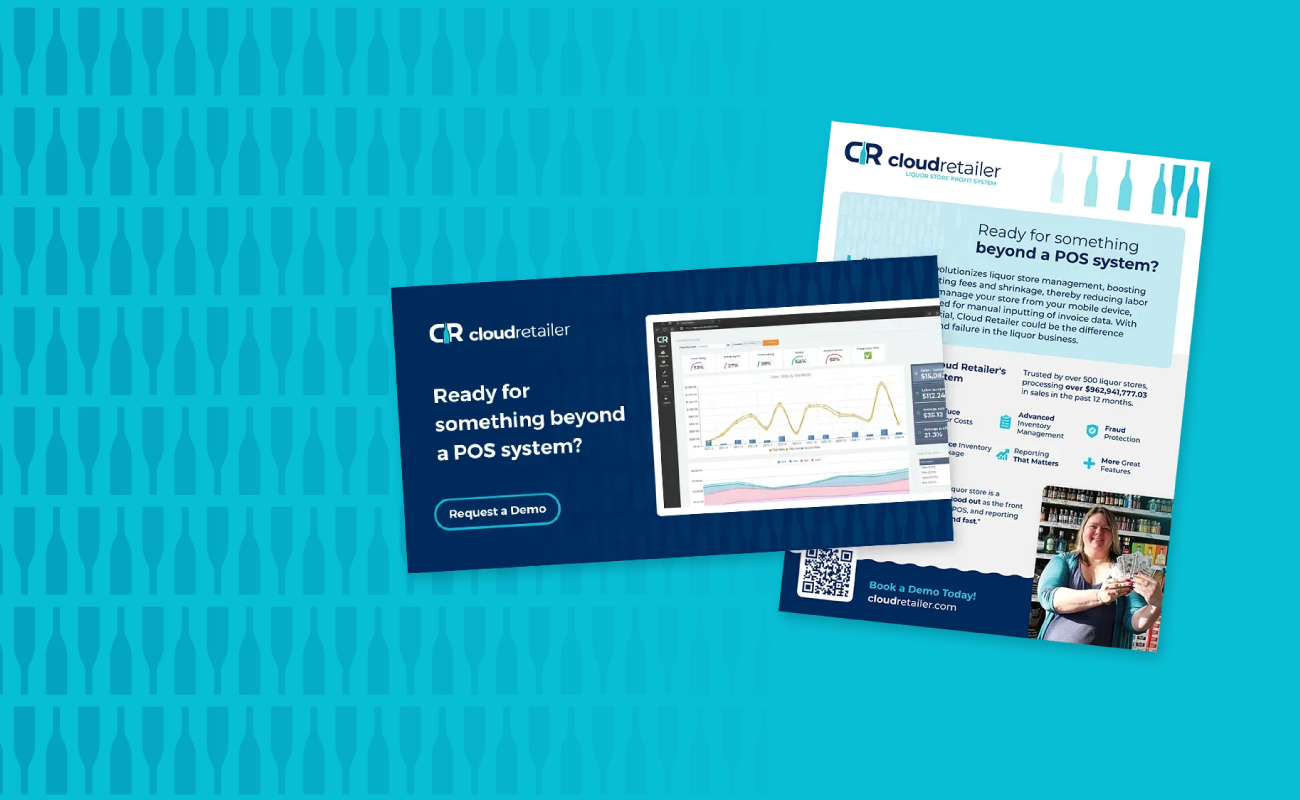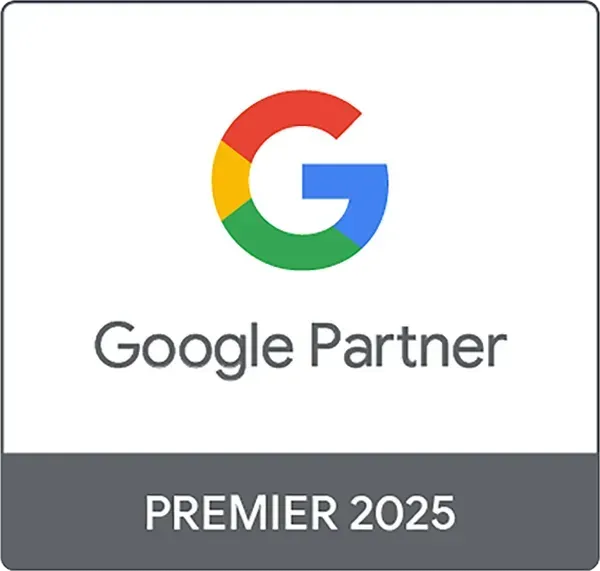With new branding, website and a robust social media ecosystem, the 248-unit residential community effectively reduced vacancy while increasing monthly revenue.
The Challenge
The challenge of the campaign was to reduce vacancy rates within a high-turnover demographic and to improve the living experience of current residents in order to increase the term of leases.
Research
- Audience’s online habits
- Social ad platform targeting
- Communication expectations between tenants and property management
- Competition’s share of social media conversation
Audiences
- Local college students
- Young adults out of college but not ready for homeownership
- Future college students preparing to move to the area for college
Insights
- The audience is highly active on social media and it is currently unsaturated by competition.
- The ad platforms are perfectly suited to target college students, renters, and those likely to be moving.
- Although there is competition within the community, there is limited online or social activity from competitors.
Solution
Utilize social marketing to develop a steady influx of new tenants and enhance the living experience.
Execution
Dayta developed a new logo and created brand guidelines including typefaces, color schemes, and secondary imagery. This style guide was utilized in the development of a new website. This website was designed to be both aesthetically appealing and structured to effectively track the impact of marketing efforts on the vacancy rates.
Once the framework was established, the social media ecosystem was optimized. A brand persona was created to engage in two-way communication with current and potential tenants across various social media platforms. Since you can’t improve what you can’t measure, the KPI’s were identified and a strategy was developed around them.
KPIs: Reach, Engagement, Website traffic, Conversions, Vacancy rates.
Results
The following are results from 2016 Q1.
Reach: Facebook is the primary channel of communication. During Q1, the cumulative reach on all Facebook post and ads was 87,187
Engagement: Reach without reaction is noise. Engagements are measured by individuals liking, commenting, or sharing a post.
Website traffic: The next step in the buyer journey is to visit the website to review floor plans, pictures, descriptions, and FAQs. Total sessions (aka – a unique visit to your site) acquired during Q1 were 2,877. Social was the number 1 referrer with 872 sessions.
Conversions: When people visit a website, we want them to act. In this case, we want them to download an application. When someone downloads the application, it’s marked as a conversion in Google Analytics. In January, 41 individuals converted, 60 in February and 90 in March 90. In all, 191 conversions took place during Q1.
Vacancy rates: One of the primary goals is to lower the vacancy rate. In the 12 months prior to our partnership, the average monthly vacancy rate was 20%. The vacancy rate as of May 1, 2016, is 14%, a 6% decrease. With an average unit renting at $850 per month, the decreased vacancy rate equates to an additional $12,750 of monthly revenue.





